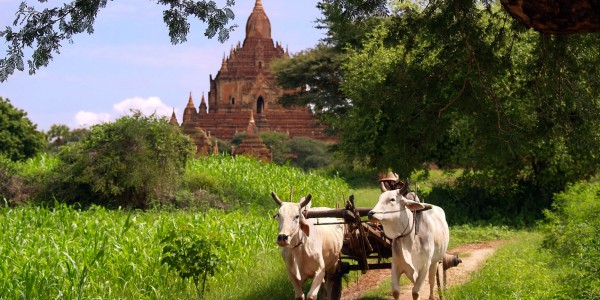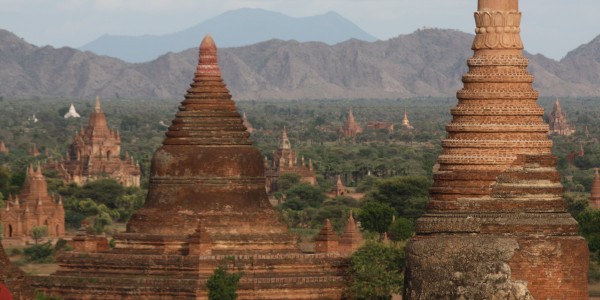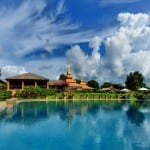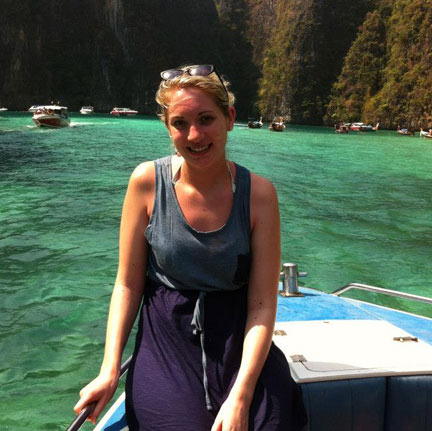As a World Heritage Site, Bagan stands alongside the other great archaeological centres of South East Asia and comparable to Angkor Wat in Cambodia. Situated on the flat plains beside the Irrawaddy River, the main concentration of monuments is around the original city on the bend of the river.
Bagan & Mount Popa
Why visit Bagan & Mount Popa ?
- Cycle amongst Bagan’s stupendous temple plains
- Sip sundowners on an Irrawaddy sunset cruise
- Explore rural village life in a Bagan
- Climb the 777 steps to the top of Mt Popa
- Visit the colourful markets
Scattered over the 42 square kilometres this ancient city is dotted with several thousand monuments, which is a testament to Bagan as an important former centre of Buddhist spirituality and learning. The kings of Burma from 1044 to 1287 devoted their energy and considerable resources to building pagodas and temples and no two monuments are the same and all are highly original in design and conception. While their great palaces, which were built of wood, have since burnt down or crumbled away, hundreds of brick temples and pagodas remain making it one of the most remarkable archaeological sites in the whole region.
About an hour’s drive from Bagan itself, Mount Popa is a forest-clad, extinct volcano and on its flanks is Popa Taung Kalat, a volcanic plug on the top of which is the gilded temple which huge holds significance here as the sacred home of the 37 nat (spirits) of Myanmar.
Accessed by climbing 777 winding steps, the Taung Kalat temple is an impressive complex of monasteries, shrines and stupas where pilgrims have been coming to worship for over 700 years and to pay their respects to the carved figures, denoting ancient gods. The views from the top are incredible and can reach as far as Bagan on a clear day.
LOCATION
MYANMAR KEY INFO
A visa is required for UK passport holders.
Health Requirements
No mandatory vaccinations are required. Yellow Fever required if arriving from an endemic area
Time Difference
GMT +6 ½ hours
Flight Time
12 hours with one stop
NEWSLETTER SIGNUP
Keep up-to-date with the latest travel trends, inspiration for future trips and competitions to win luxury travel vouchers.
Subscribe






















